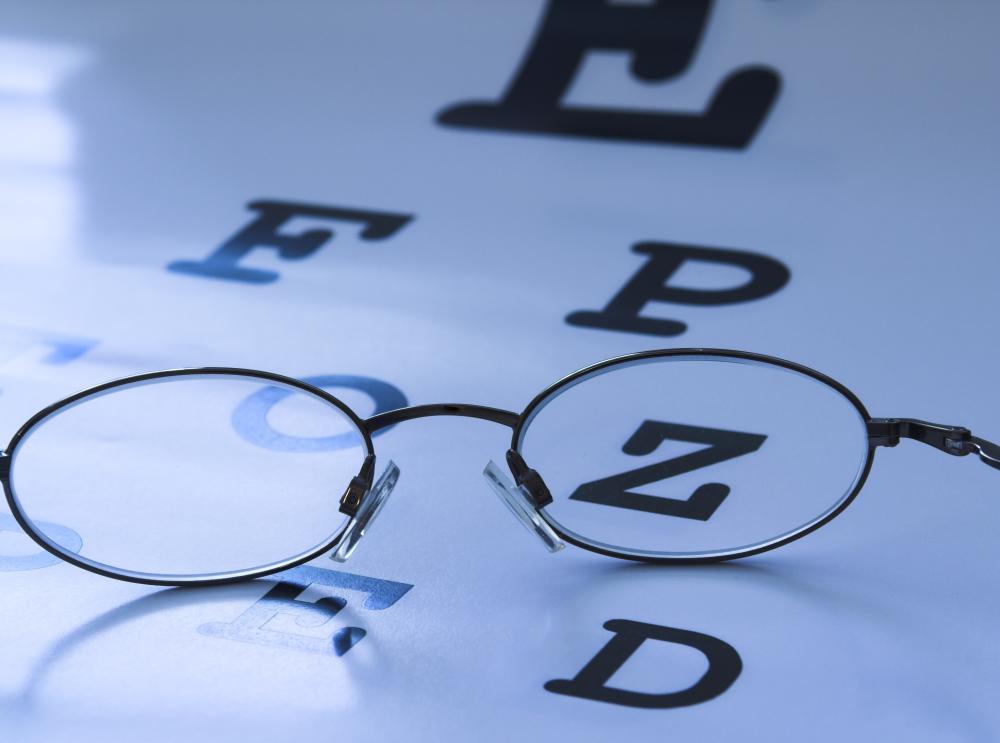At TheHealthBoard, we're committed to delivering accurate, trustworthy information. Our expert-authored content is rigorously fact-checked and sourced from credible authorities. Discover how we uphold the highest standards in providing you with reliable knowledge.
What is Leukocoria?
Leukocoria is a change in the appearance of the pupil of the eye, where it appears white under certain conditions instead of black, and the eye does not exhibit the normal “red reflex.” This clinical sign is associated with a number of eye problems, some of which are associated with vision loss and other serious complications. If people notice leukocoria in their eyes or those of a family member, a visit to the ophthalmologist is in order.
In healthy individuals, light is absorbed into the retina and reflected back at low levels, with the pupil appearing black or red when it is flashed with light; the famous red eye problem in flash photography is an example of the red reflex at work. In people with leukocoria, more light is reflected, causing the pupil to appear white, especially when it is enlarged. Sometimes, people initially spot the symptom in a flash photograph where one eye has a white dot instead of a red one.

A number of conditions can be associated with leukocoria. Some genetic disorders, like trisomy 13, involve changes to the structure of the eye and cause retinal damage. Cataracts are a potential cause, as is Coats disease, where the blood vessels in and around the eye grow abnormally. Retinoblastoma, a serious ocular cancer, can also cause leukocoria to develop. This cancer is usually seen in childhood and the appearance of a white pupil in a child is a cause for concern for this reason.

A physician can evaluate a patient who appears to have this symptom, checking for a red reflex and collecting other information about the visual appearance of the eye in the process. All of this information is diagnostically useful. It is very important to receive a thorough workup for leukocoria, as this symptom is usually associated with diseases known to cause vision loss or difficulties with visual perception. Early diagnosis and treatment can provide people with a greater chance of preserving their vision.

Treatments vary, depending on what condition the patient appears to have. Surgery, chemotherapy, medications, and radiation are all things that may be recommended to the patient. People who want a second opinion may want to consider working with a physician who specializes in treatment of a given condition to make sure they have access to the most recent information on diagnosis and treatment of the condition. Doctors who treat retinoblastoma regularly, for example, tend to have better treatment options, as well as improved patient outcomes.
AS FEATURED ON:
AS FEATURED ON:
















Discuss this Article
Post your comments